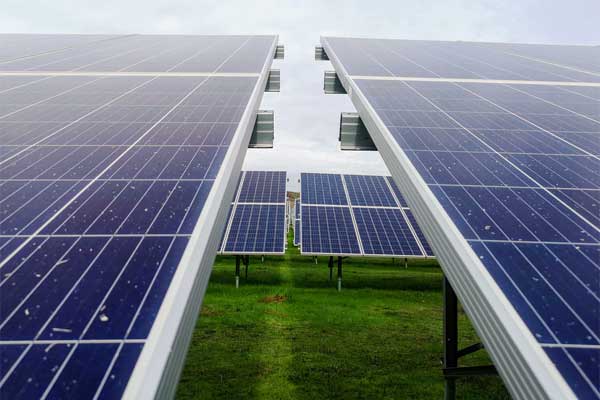- The researchers say focusing on a few strategic locations across the state outside highly-populated areas is much more cost-effective.
- A machine learning algorithm is utilized to strategically select these demand response locations based on a synthetic Texas grid model.
Demand response, a measure taken to reduce the energy load in response to supply constraints, within the Texas electric grid has been a topic of recent conversation after the wake of Winter Storm Uri just one year ago.
Demand response can enhance the grid’s reliability through renewable energy penetration and significantly reduce price volatility, or fluctuation, in the wholesale electricity market. To reduce the energy load across the entirety of the state’s grid, traditional demand response studies focus on reducing the energy load in high population centers such as Houston and Dallas.
However, Le Xie, professor in the Department of Electrical and Computer Engineering at Texas A&M University, and his team found that focusing on a few strategic locations across the state outside of those high-population areas is much more cost-effective and can have a greater impact on the price volatility of the grid. A machine learning algorithm is utilized to strategically select these demand response locations based on a synthetic Texas grid model.
This research was published in the February issue of the journal iScience.
“Suppose today’s electricity demand results in high prices and yesterday’s electricity demand resulted in low prices,” said postdoctoral researcher Ki-Yeob Lee, who designed the algorithm used in the paper. “Can we move today’s electricity demand closer to yesterday’s electricity demand so that this change can result in low prices? If this is not successful, can we move today’s electricity demand closer to the day before yesterday’s electricity demand? Based on this simple idea, our machine-learning algorithm searches for the day where electricity results in low prices and the amount of demand response is minimal.”
Although previous studies have demonstrated the benefits of demand response in mitigating price volatility, there is limited work considering the choice of locations for maximal impact.
“We’re taking a technology-agnostic approach,” Xie said. “We’re showing the current market design and the consequences of this design. By pointing these things out, we can hopefully reduce the price volatility of the grid, which we believe would be best for society.”
In addition to Xie and Lee, contributors to the research include Xinbo Geng, Sivaranjani Seetharaman and Srinivas Shakkottai from the electrical and computer engineering department at Texas A&M; Bainan Xia from Breakthrough Energy; and Hao Ming from Southeast University in China, who received his doctorate from Texas A&M.
—
Publication Referenced in the Article:
Kiyeob Lee, Xinbo Geng, S. Sivaranjani, Bainan Xia, Hao Ming, Srinivas Shakkottai, Le Xie. Targeted demand response for mitigating price volatility and enhancing grid reliability in synthetic Texas electricity markets. iScience, 2022; 25 (2): 103723 DOI: 10.1016/j.isci.2021.103723
—
This article was written by the team at Texas A&M University.











Comments